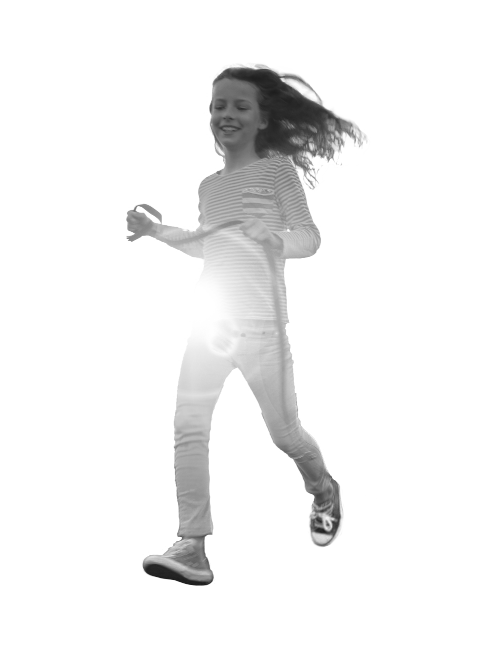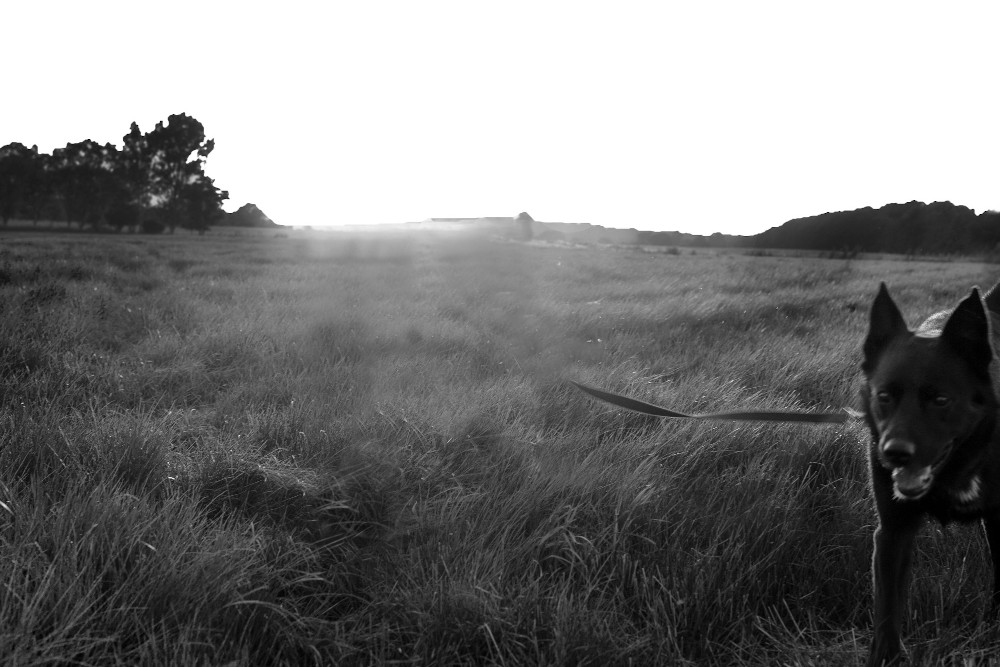Fibular Hemimelia: Tommy's Story
A rare birth defect, fibular hemimelia, has not stopped Tommy from an active life thanks to an experienced care team at Shriners Children's.
At their 20-week ultrasound, doctors at Prentice Women’s Hospital delivered shocking news to a Chicago couple. Their developing baby appeared to be missing a lower leg bone. The likely diagnosis was a rare condition known as fibular hemimelia. “These doctors had only seen this condition three times ever,” MaryKay, a Chicago mom, said. The diagnosis was confirmed when their son Tommy was born in 2010 without a fibula in his left leg. In addition, Tommy’s ankle bone had developed differently, causing his tiny foot to roll to one side.
Every year, roughly four of every 10,000 babies will be born with an upper limb deficiency, while two in every 10,000 will be born with a lower limb deficiency. Some babies are born with both. Limb deficiency occurs when part or all of a child's limb does not completely form during pregnancy. The family dove into researching their newborn’s condition online, looking for answers on how to help their son. “There is no known cause. It is something that happens in the first eight weeks of pregnancy somehow,” O’Leary said. They visited medical experts around Chicago and even traveled to an expert in Florida, trying to find the best course of treatment for their baby.
Eventually they began to consider amputation and a prosthetic because they believed it would allow Tommy the best quality of life. “It’s very scary. I felt like my decisions ranged from bad to worse. What decision am I going to make? It is so difficult to make a decision for someone else, for your child, about his leg and his future life.” An orthopedic surgeon at a large teaching hospital in Chicago was the one who suggested Shriners Children's Chicago. “I remember she asked ‘Have you ever heard of Shriners?’” MaryKay was familiar with Shriners Children's because she works in a Chicago school for students who have special needs. “Many of my students receive care at the hospital. I was always under the mistaken impression it was for families who don’t have insurance and needed special financial support,” she said. “But this orthopedic surgeon said ‘Go see Dr. Ackman at the Chicago Shriners hospital if you’re going to do the amputation.’ She said, ‘If it was my child that's what I would do.’”
A mom told me ‘When you get to the other side, you’ll feel so differently.’ And she was right. We are on the other side. Having a prosthetic leg doesn’t define Tommy. It’s just a small part of who he is.
Tommy's parents followed the advice for their baby and made an appointment with pediatric orthopedic surgeon Jeffrey Ackman, M.D., who leads the largest pediatric amputee and prosthetic clinic in the Chicagoland area. “Families are reassured to learn their child’s rare condition is nothing new to us,” Dr. Ackman said. “We see a lot of fibular hemimelia. It’s not that common but we see a lot of it because kids are sent here or referred here for our expertise.”
Dr. Ackman presented the options for treating the limb deformity and the family decided amputation was best for their son’s future quality of life. The surgery was scheduled a few months later. “We’re available to see a family from when the child is born. If the child is going to have an amputation we typically wait until they are 10–12 months old, when the child is starting to pull to standing. This will allow the child to be walking when they get their prosthetic,” he said.
Tommy’s mom recalls the flood of emotions she felt on surgery day. “It is difficult to hand over your baby knowing that your child will come back with a below the knee amputation,” she said. She remembers how the support of Shriners staff helped her through it. “On the day of surgery the team that took Tommy back for his procedure was unbelievable. They were professional and kind. They were supportive and reassuring and I knew my baby was in good hands."
Today MaryKay says having a limb difference is just a small part of who Tommy is. She is quick to say his special leg doesn’t define him. Her son, the youngest of four, is an active 10-year-old who loves to be outside. Tommy wears a prosthetic leg with a rubber foot, which holds up during his active play.
MaryKay said that for years Tommy couldn’t quite master how to ride a bike with his custom-made prosthetic leg. His parents felt like he was missing out even though their son happily ran along while his friends rode bikes. During the pandemic, Tommy found the confidence to learn to ride with his special leg! Now his family jokingly calls him Lance, as in Lance Armstrong.
“Honestly, Shriners is the best thing. I’m so happy we found out about it,” she said. “We’re so lucky we‘re so close. And what a resource for Chicago to have Shriners Children's here.”
Excellence in care






